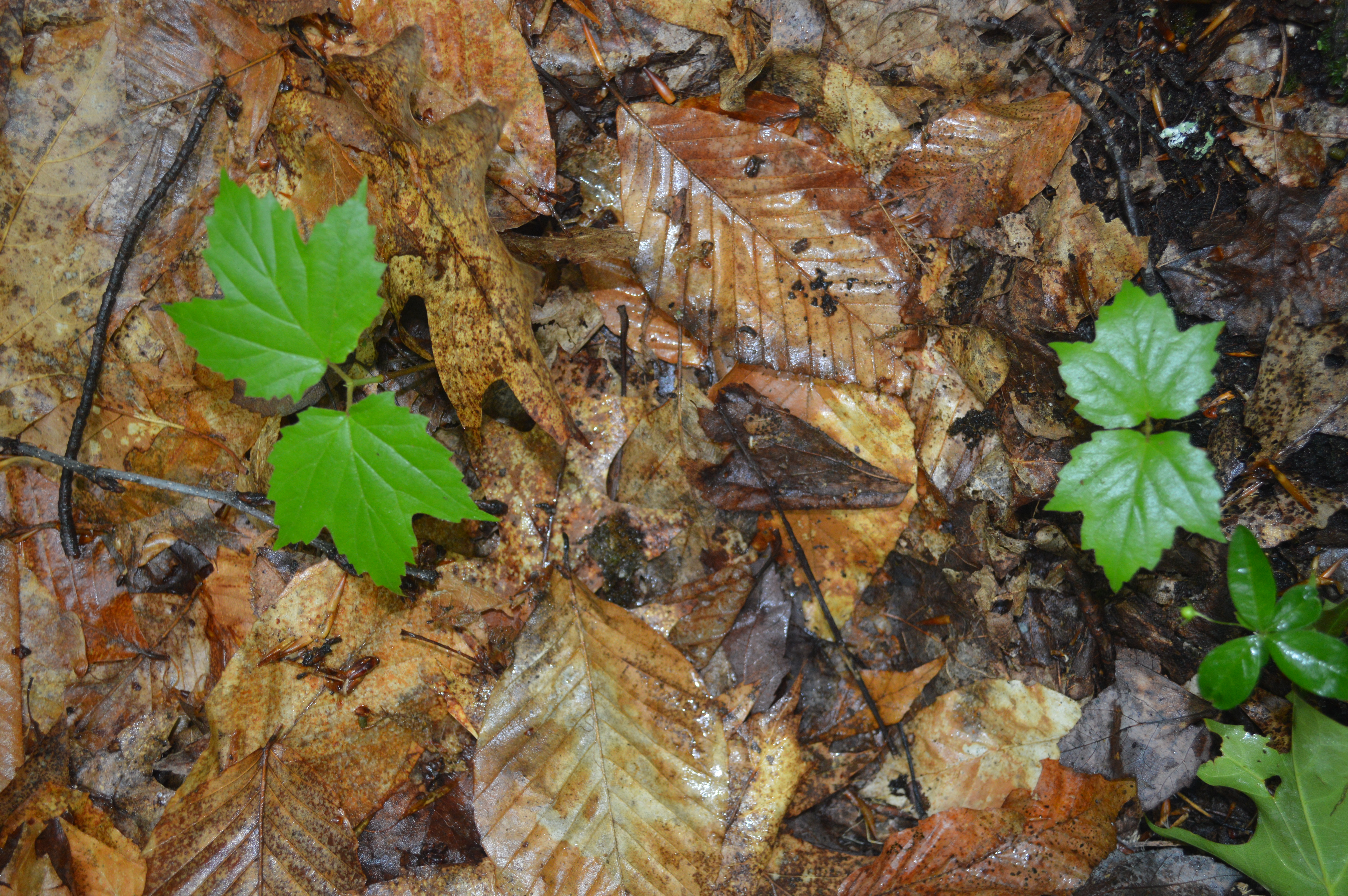Robust seedling regeneration is essential for the long-term health of forest ecosystems. The success of seedling establishment is influenced by a number of biotic and abiotic factors including: fire, browse, changes in precipitation and the presence of invasive species. Monitoring seedling regeneration is one way to gain criticial insight into the ways that climate change may be impacting the resilience of forest ecosystems.

There are 13 protocols that are used to monitor the indicator: Seedling Regeneration. The first three studies on the list below are the most common methods of monitoring in the Northeast region.
The impacts of climate indicators can be measured using different ecological metrics of quantification. The metrics used in a study can affect how it is designed and the questions that it can answer. The information below shows the types of metrics and number of associated protocols that are captured by the data represented in this project.